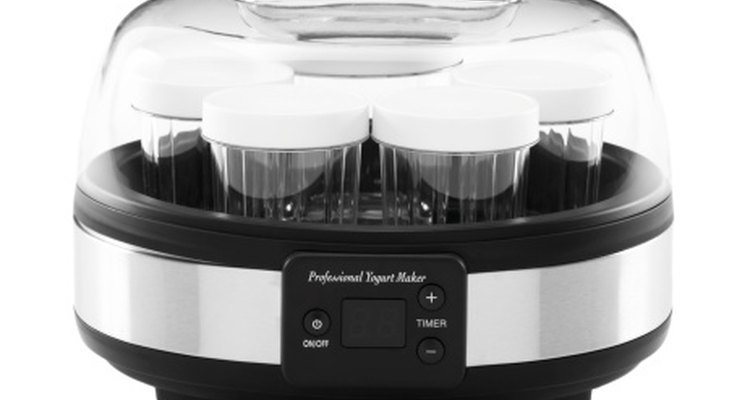
Unflavored gelatin is often added to commercial yogurt and yogurt products, to make it thicker and more appealing. Home yogurt makers can also use gelatin for the same purpose, if they prefer a thick yogurt. For novices, using gelatin as a thickener can help compensate for variable fat content in the milk they use, and to prevent the whey from separating out of the finished yogurt.
Clean and sanitize all the utensils before starting, and wash your hands thoroughly with lots of hot, soapy water. Dry them on clean paper towels.
Pour the milk into the saucepan, and if you are using milk powder, whisk it in until it has dissolved fully. Sprinkle the teaspoon of gelatin over the cold milk, and wait five minutes for it to soften.
Heat the milk over a moderate burner, stirring regularly, until it reaches a temperature of 175 to 185 degrees Fahrenheit, hot enough to kill any undesirable bacteria. Remove from the heat and cool until just warm, approximately 110 to 115 degrees Fahrenheit. Preheat the yogurt maker.
Separate 1/3 of the hot milk. If you are using dry powdered starter for your bacterial culture, whisk it into the milk. If you are using live yogurt as your bacterial culture, whisk the milk into the yogurt until it is fully incorporated.
Pour the milk containing the starter culture back into the rest of the warm milk, and stir it well. Pour the mixture into the yogurt maker's insert or inserts. Cover, and leave the yogurt to develop and for six to 12 hours, until it has reached the desired consistency and degree of tang.
Refrigerate the finished yogurt immediately. The gelatin will set partially while the yogurt is forming in the yogurt maker, and will arrive at its full thickness in the refrigerator.
Related Articles
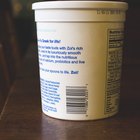
How to Freeze Greek Yogurt

Can You Repair Runny Yogurt?

What Happens if You Whip Condensed Milk?

Kefir Substitute

Can You Bake Greek Yogurt?

What Happens When You Heat Up Greek ...

Difference Between Fermented Milk & ...
How to Save Homemade Yogurt That Didn't ...

What Is Balkan Yogurt?

How to Sweeten Plain Yogurt

How to Make Milk Powder Non-Instant

Instructions for the Euro Cuisine ...

How to Freeze Natural Yogurt
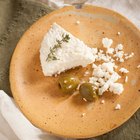
How to Make Queso Fresco

What Types of Fruit Can You Mix With ...

How to Freeze Goat's Milk

How to Ferment Milk
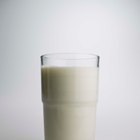
How to Cook With Lactaid
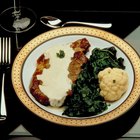
How to Substitute Yogurt for Milk in ...

Can You Make Homemade Mozzarella Cheese ...
References
- "On Food and Cooking: The Science and Lore of the Kitchen"; Harold S. McGee; 2004
Writer Bio
Fred Decker is a trained chef and prolific freelance writer. In previous careers, he sold insurance and mutual funds, and was a longtime retailer. He was educated at Memorial University of Newfoundland and the Northern Alberta Institute of Technology. His articles have appeared on numerous home and garden sites including GoneOutdoors, TheNest and eHow.
Photo Credits
Thomas Northcut/Photodisc/Getty Images